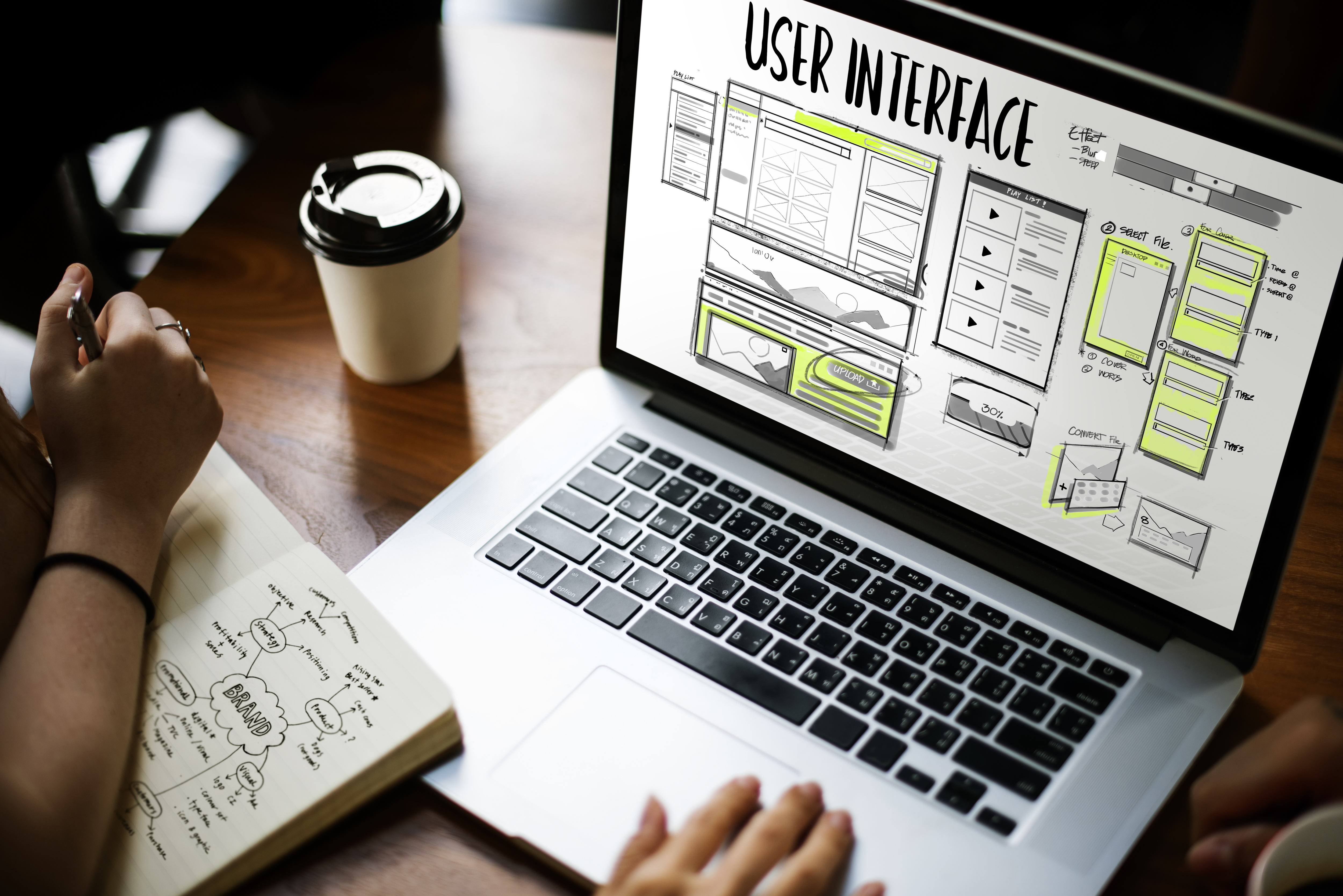
To pick three things is a challenge in and of itself. A couple years ago, I was just truly starting to step into the responsibilities of being a Senior in design and research, so the journey has included a lot of growth!
1. Deciding how much investment a piece of work requires, or deserves.
Some projects are from the hip, with minimal opportunity to plan and invest in deeply understanding a space or product. Define success, set expectations, find precedent, draw it, get some early feedback during implementation, and let it rip. Other times, you want to step back and ensure there is a clear strategy and long term map with lots of research, dreaming blue sky or green field (same ****), while dotting every I and crossing every T. Knowing, or even simply communicating about these key parts of the projects early on with invested stakeholders truly makes or breaks any zero-to-hero project.
2. Knowing who you’re working with.
Understanding your stakeholders is more important than your users at the beginning, and I find many people in our work get this twisted. The business, team, leader, or founder that is driving your work is the most important person to know, and it’s not because they deserve it. They’ll be the first friction you often experience, and not aligning with their goals, systems of measurement, and how they communicate will kill a project before it gets to start. While tongue-in-cheek, when you look at the modern discourse of many designers reflecting on the relationships with business and stakeholders, my learning sounds a lot like the old adage: “keep your friends close, and your enemies closer”. Earn the trust and admiration of your stakeholders, and make sure it’s mutual, before you go galavanting off into Figma.
3. You’re gonna screw up!
This lesson may sound silly, but it’s got a lot more weight than you think. So get good at owning it, rebuilding, and repairing from it. With how complex and technical some of the products are that I’ve built, you are bound to make some assumptions for the sake of velocity. Early on these bit me in the arse a couple times, and the saving grace to anything was the fact that ownership happened quickly, and I aggressively moved to a solution. Had I attempted to vainly defend the oversights or blindspots I would have quickly burned trust, and that’s far more expensive than pride. Acknowledging the opportunity to correct, directing conversation to what the new state will solve and how it helps us towards a better experience, and then adamantly evangelizing it to those that had a negative experience was critical to the product’s success. Eating your pride and seeing mistakes as growth is hard, but chewing on lost clients and products is way worse for your teeth.
When I look back at all the products, orgs, clients, and all the awesome team members I’ve worked with, it’s a really hard job to summarize it all simply. Learning how to manage expectations at multiple levels, building strong relationships within your stakeholder circles, and owning your work for all its faults were hard lessons that I’m glad to have learned alongside those I have.


